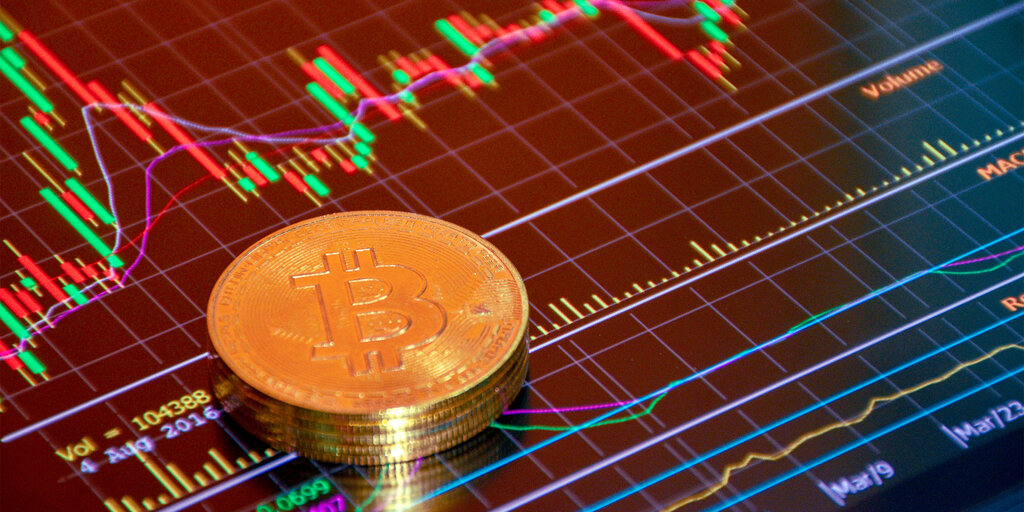September has been historically a difficult month for U.S. stocks. And when it comes to the Bitcoin market, the so-called “September Effect” could be just as prevalent—and the performance of the price of BTC this first week lends credence to the theory.
The Wall Street phenomenon has been well documented for nearly a century. Since 1929, the S&P 500 has declined in September 55% of the time, according to Open Markets, “by far the most out of any month, and the only individual month that has declined at least 50% of the time over the last 94 years.”
The analysis cites traders’ vacation schedules and financial firms’ fiscal calendars as potential factors.
Bitcoin’s track record is comparatively short. However, the market has experienced noticeable weakness during the first month of the fall. Since 2013, Bitcoin’s price has declined in September eight times, according to CoinGlass data.
The asset’s price has started this month with a more than 8% slide, outpacing an average drop of 5% over the past decade. September is one of only two months to average losses since 2013, with June the only other negative month with -0.35% average price movement during that span. September is by far Bitcoin’s worst month over the last decade, on average.
Even though Bitcoin has exited September green only three times since 2013, Jake Ostrovskis, an OTC trader at the market maker Wintermute, told Decrypt that the red trend is far from gospel.
“Whilst the market likes to focus on the ‘September Effect’ given its historical performance, the small sample size makes it difficult to use as a leading indicator,” he said, pointing out that Bitcoin returned nearly 4% last September.
Ostrovskis pointed to several other factors driving Bitcoin’s price action in the short term that arguably hold more importance. He said that liquidity trends, macroeconomic conditions, and the crypto market’s overall sentiment are better gauges to watch than any calendar date.
When looking at average returns, it’s important to consider outliers, Grayscale’s managing director of research Zach Pandl told Decrypt.
For example, Bitcoin’s average return of 46% in November is heavily influenced by gains in 2013, when the asset’s price pushed 450% higher. Conversely, he said a few rough years for the S&P 500 in the 1930s have contributed to the September Effect in equities.
“Bitcoin’s price was up slightly last September, and October has historically had the highest average returns,” Pandl said. “We would therefore expect only the most impatient traders to position for any September Effect, and for most investors to focus on Bitcoin’s improving fundamentals, like upcoming Fed rate cuts and growing institutional adoption.”
Most economists view the September Effect as an inexplicable anomaly with little relevance, according to Investopedia. That’s partly because it challenges the efficient market hypothesis, which holds that an asset’s secondary market price will always reflect all available information.
Still, Bitcoin’s weakness in September has often been followed by gains. Since 2013, Bitcoin’s average drop of 5% in September has been followed by a 22% gain in October and 46% jump in November. During the crypto market bull run of 2021, the trend was referred to as “Uptober.”
Edited by Ryan Ozawa and Andrew Hayward
Daily Debrief Newsletter
Start every day with the top news stories right now, plus original features, a podcast, videos and more.
Source link
André Beganski
https://decrypt.co/248314/bitcoin-suffers-september-effect-uptober-next
2024-09-07 13:01:04














